The best science long reads of 2018 (part two)
- Published
From the search for life in the Universe to fighting fires in Antarctica, here's a festive selection of the best science and environment long reads published on the BBC this year.
Missed part one of our best science long reads in 2018? Go here.
When flying to Mars is your day job By Mary Halton

Nasa systems engineer Farah Alibay holding a model of a radio currently on its way to Mars
Sending missions to Mars for a living sounds like a dream job. But not every day can be launch day - so what do Nasa's spacecraft engineers get up to the rest of the time?

The Meg: The myth, the legend (the science) By Mary Halton

The Meg, a giant shark tale from Hollywood, opened in cinemas over the summer.
Proposing that the extinct Megalodon, a large prehistoric relative of the great white shark, had survived to the present day, the film followed its subsequent encounter with humanity.
But how much do we know about this giant predator?

Could Hubble's successor detect alien life? By Dr Jonathan Nichols
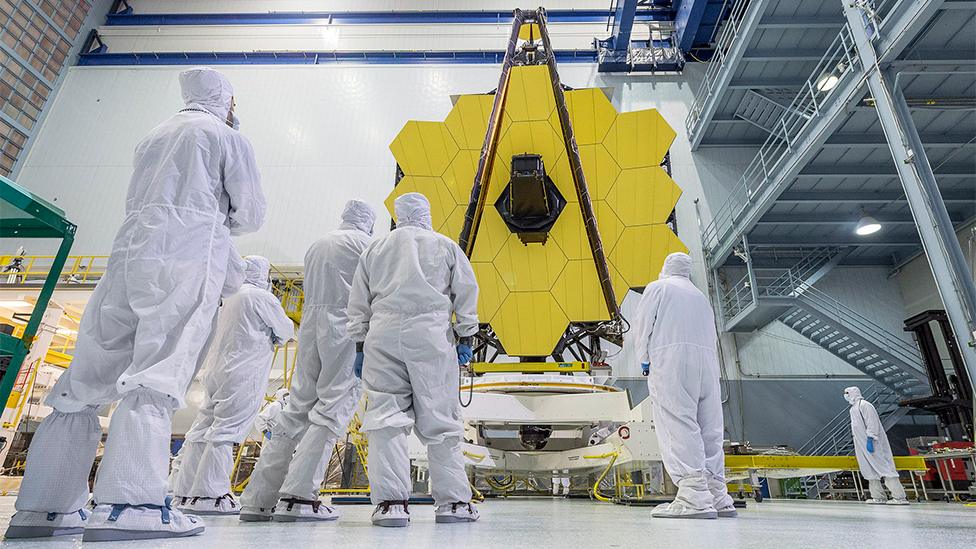
If it does launch as currently scheduled in 2021, it will be 14 years late. When finally in position, though - orbiting the Sun 1.5 million km from Earth - Nasa's James Webb Space Telescope promises an astronomical revolution.
JWST, as it is called, may be able to look for signs of alien life - detecting whether atmospheres of planets orbiting nearby stars are being modified by that life.
Could it make the biggest discovery ever?

Yes, Antarctica has a fire department By Mary Halton
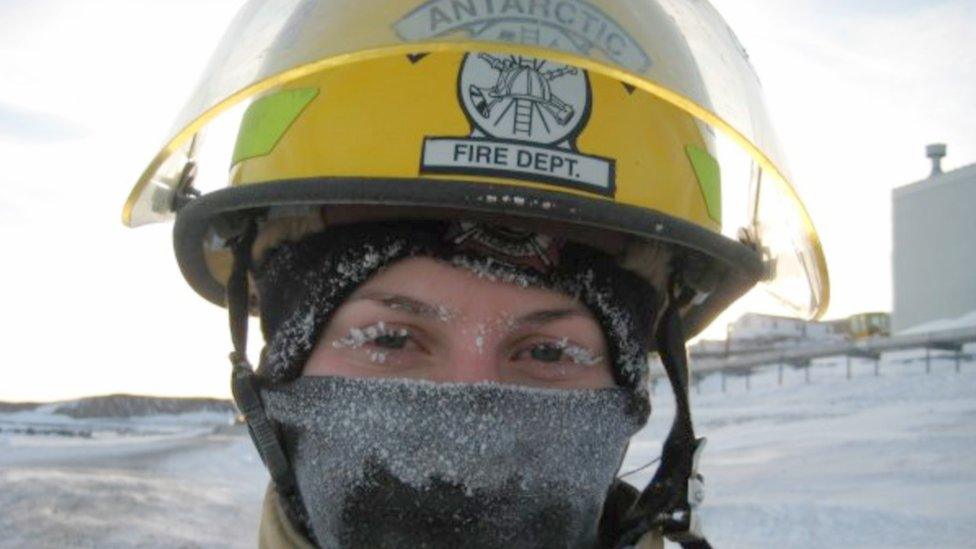
Fire prevention in one of the coldest places on Earth might not sound like the most likely job, but every year the US Antarctic Program recruits a team of fire-fighters to head poleward.
Megan Branson continually gets asked whether there are fires in Antarctica. The answer? Yes. Though rarely, if the Antarctic Fire Department can help it.

Exomoons: On the hunt for distant worlds By Mary Halton
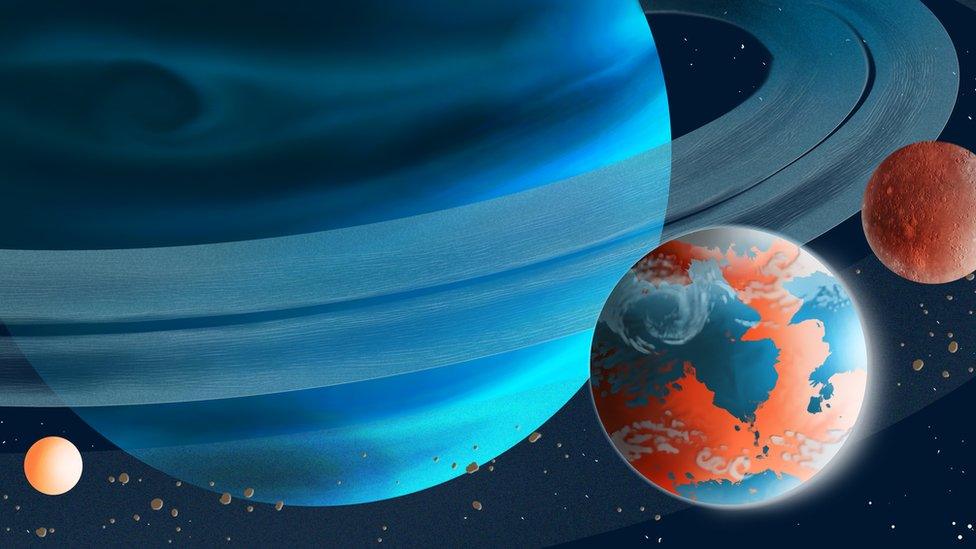
Artist's impression: An exomoon orbits a distant planet
The search for exoplanets, which orbit distant stars, has opened up a whole galaxy of worlds beyond our own. Over 3,700 have been discovered to date, but they may have companions.
The frontier of exploration is shifting again; because where there are planets, there should be moons.
And those moons could be surprisingly Earth-like.

The animals with 'night-vision goggles' By Jonathan Amos
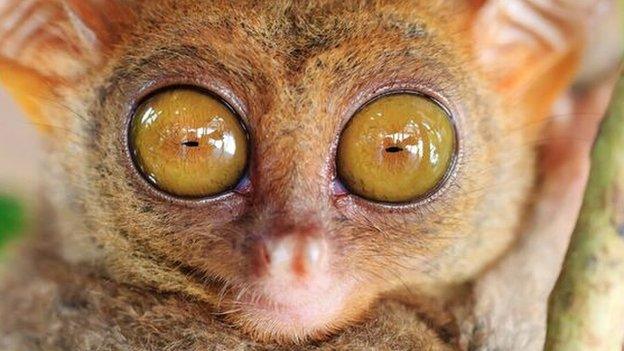
The tarsier is a diminutive South East Asian primate with eyes that are each as big as its brain. These have helped the animal master nocturnal hunting.
In the pitch black of the deep ocean, the threadfin dragonfish has evolved to make its own light.
Science correspondent Jonathan Amos explored the incredible tricks used by animals that manage to not only to survive but also thrive in the dark.

Who was the mysterious Miss Harrison? By Helen Briggs
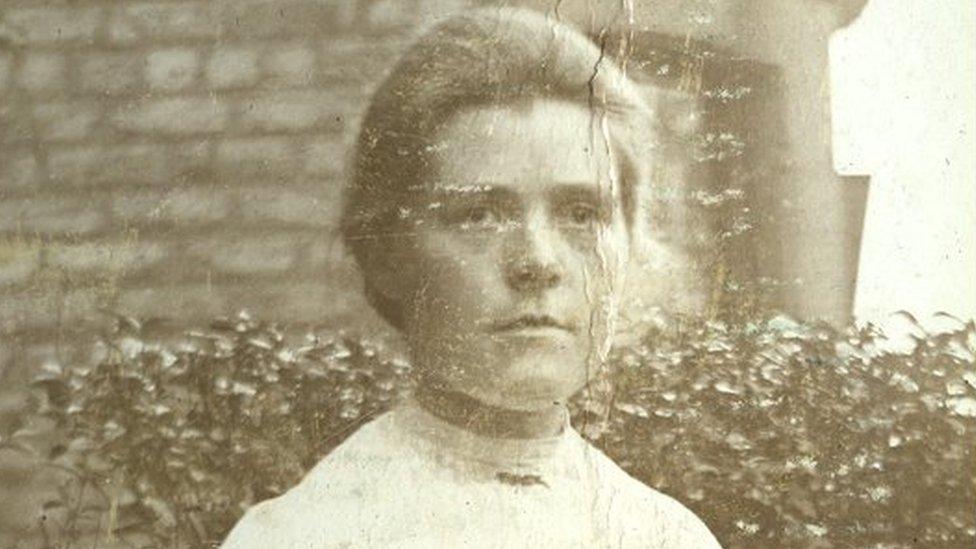
Olive Mary Harrisson
A box of archives revealed the story of a pioneering 19th century gardener who blazed a trail for women.
In Victorian Britain, horticulturists sat exams to compete for a prestigious scholarship at the Royal Horticultural Society's flagship garden.
Nobody had considered that a woman might get the top mark. The identity of the mysterious winner came to light in October.

Archaeopteryx: The day the fossil feathers flew By Jonathan Amos

There is no greater insult you can hurl at a museum than to suggest its prize fossil is a fake.
But that's what the esteemed astronomer Sir Fred Hoyle did in 1985 when he doubted the authenticity of arguably the most priceless possession in the collections of what is now London's Natural History Museum (NHM). All hell broke loose as the claim made headlines around the world.